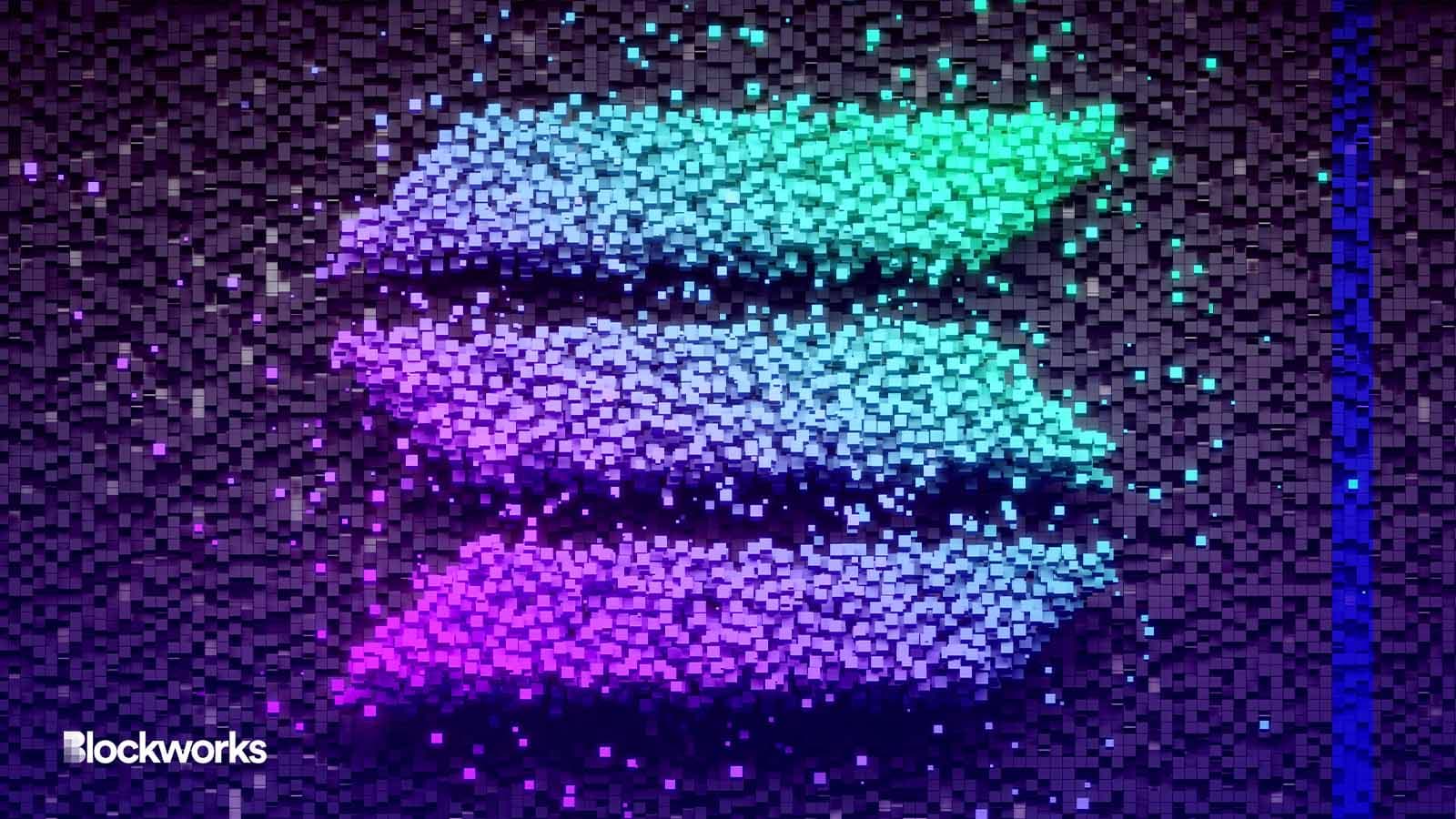‘Blast radius’ of new users joining Solana DeFi for the points, liquidity is ‘snowballing’
The purpose of point systems is to bootstrap activity, but it’s also important to consider the long-term effects of such an incentive structure

pakie/Shutterstock modified by Blockworks
Point systems are driving growth in Solana’s DeFi ecosystem, Lucas Bruder says.
The Jito Labs co-founder sees a boost in activity with Solana DeFi protocols that are part of a “new wave of DeFi,” offering token incentives to get the ball rolling.
New users are coming on-chain, he says, with “liquidity that is snowballing and having a pretty wide blast radius, in a good way.”
Ellipsis Labs engineer Jarry Xiao joins the Solana DeFi discussion panel on the Lightspeed podcast (Spotify/Apple). He says the purpose of point systems is to “bootstrap activity,” but it’s also important to consider the long-term effects of such an incentive structure.
“You have this carrot that you’re dangling in front of the user,” he says. “You use our product and then you get this carrot — a token — and then once the token gets launched, it becomes liquid.”
“It’s a model that has proven to really boost short-term growth, often at the expense of long-term sustainability.” He cautions that while the process often begins with active airdrop farming, users tend to “taper off” over time.
Xiao believes in a long-term vision of DeFi that operates without token incentives. “Ultimately, what should be the driver of product is product itself, not a token.” Too often in DeFi, Xiao says, the token becomes the product.
“In order for this industry to become something that gets ingrained in the long term, we have to move away from that,” he says. While he admits that “growth-hacking” can be an effective strategy for bootstrapping users, “what we should be striving towards is building products that are sustainable.”
Optimal game theory
MacBrennan Peet has a different perspective. With the recent introduction of a points system on DeFi trading protocol Marginfi, the Mrgn Labs founding team member has witnessed a burst in TVL from approximately $3 million to $17 million since its introduction just two weeks ago.
“Having a token is unequivocally game theory-optimal,” he says. “If you’re building an open-source protocol, and you have the same liquidity in users versus another open-source protocol,” he says, “the one with a token is going to win, 10 out of 10 times.”
Tokens are a necessity for building open-source protocols, Peet says. Closed-source development can monetize a proprietary code base, but runs counter to the “broader DeFi movement,” he says, which is anchored in transparency.
Someone could theoretically try to fork the protocol and attract the same users and activity, he says. “If they were to launch a token and we did not have one, they would have a serious advantage over us, by default.”
With points, Peet explains, Mrgn Labs is able to test which incentives work, which user archetypes the system attracts and where distribution can be found. “Points are the highest leverage way to do that.”
Similar points systems have been implemented in the past, with the most successful example being Ethereum NFT marketplace Blur. Tensor, an NFT exchange built on Solana, “quickly followed with a similar setup,” Peet says.
Peet sees the current situation as a “blank slate” opportunity to figure out how points can work most effectively. A team like Jito Labs, he says as an example, could test a variety of incentive mechanisms and ensure sustainability prior to launching a token. When they “drop the token,” he says, it becomes a “sustainable flywheel” that can remain open-source and enjoy a competitive advantage.
“That’s what we’re working towards with Marginfi.”
“Just that simple innovation is why users are resonating with us so much,” Peet says. “And that’s, I think, where we’ve seen this explosive growth come from.”
A token isn’t a business model
Bruder notes that just having a token “isn’t a business model.”
“You want to make sure you have product market fit and there are people using what you’re building,” he says. Bruder agrees that points can be an interesting method for growth-hacking, but that many teams have “messed up” the initial token distribution with over-inflation.
Sybil attacks — where users create multiple identities to cash in on airdrops — have caused “massive incorrect allocation of tokens when these protocols go live,” Bruder says.
While points might end up being worthless, Bruder says that ultimately, they enable experimentation. “Where do you dangle your carrot and how big and juicy is that carrot?”
Get the news in your inbox. Explore Blockworks newsletters:
- The Breakdown: Decoding crypto and the markets. Daily.
- 0xResearch: Alpha in your inbox. Think like an analyst.






